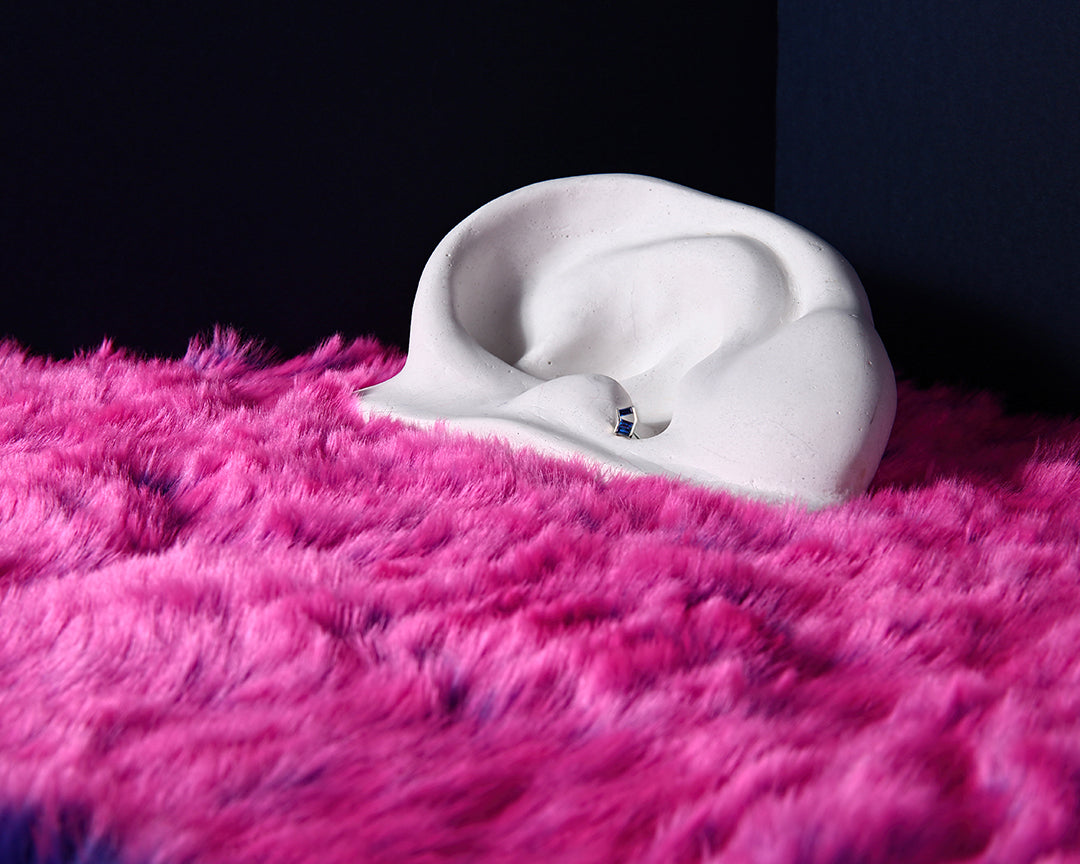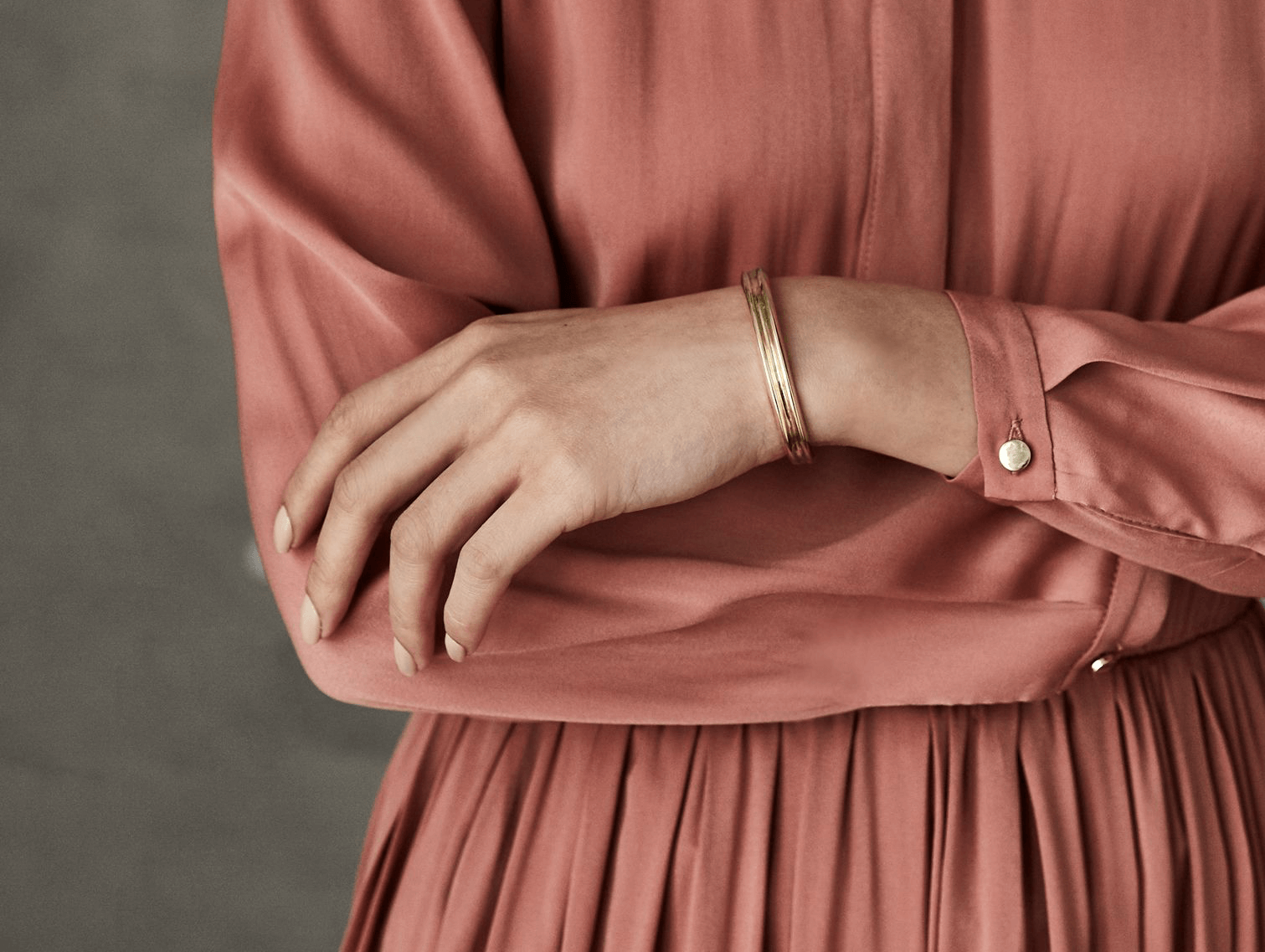Throughout history, gold has been treasured for its natural beauty and radiance. For this reason, many cultures have imagined gold to represent the sun. Often associated with the gods and immortality, this unique material has been a symbol of wealth and status.
Apart from its aesthetics, gold has a wide variety of industrial applications and can also be found in many of our electronic devices today. The intrinsic value of gold lies in its scarcity and applicability, yet assessing the true value of gold has always been contentious.
What Is Gold?
Gold is a dense and soft metal that is extremely malleable. In fact, it is so malleable that one gram of pure gold can be hammered into a sheet that’s one square metre in size! Gold is bright yellow in colour with slight tints of red.
Chemically, gold is a transition metal and a Group 11 element. This means that it is very stable and will remain as a solid under standard conditions, and also has good electrical and heat conductivity.
Gold is a naturally occurring element and scientists believe that it was formed when stars and meteors collided with Earth billions of years ago. Gold is found as nuggets or grains, trapped within rocks, veins, and alluvial deposits that are buried deep underground or under the ocean. Due to its scarcity, gold has always been highly sought after and was even used as a universal currency worldwide between 1871 to 1914 (The Gold Standard).

An 8kg gold nugget found in Victoria, Australia. Wikipedia.
Gold As Jewellery
Gold is a natural choice for making jewellery as it is associated with rarity, wealth, beauty, and status. Besides, jewellers love to work with gold for many practical reasons.
Firstly, gold is a very unreactive metal that does not react with atmospheric moisture. Hence, it is highly resistant to rust and corrosion, and does not tarnish easily. Next, its malleable and ductile qualities allow it to be shaped into thin sheets, wires, and any other forms. Then, mix gold with other metals to form alloys that come in a gamut of colours – the possibilities of creating stunning designs with this material is almost endless.
The Karat In Gold – A Mark Of Purity And Value
The purity of gold is measured in karatage, with 24 karats signalling 100% pure gold. Although 24-karat gold is a popular jewellery metal in some parts of the world, it tends to be too soft and would go out of shape easily. Therefore, gold is often mixed into alloys, which are harder and more durable.
The alloys used for jewellery are usually 18-karat gold. 18-karat refers to a fraction of 24 karats, so that piece will contain 75% gold content. At State Property, this is also our choice of gold.
Another way of indicating gold content is fineness, which represents the purity in parts per thousand. When stamped on jewellery, this is usually stated without the decimal point. The purity of gold is normally engraved discreetly on the jewellery so look out for the quality mark to determine the fineness of the gold in a piece of jewellery.
750 or 18K : 75% Gold
916 or 22K : 91.67% Gold
999 or 24K : 99.9% Gold
The Different Colours Of Gold
State Property’s Popular Gold Pieces
|
|
 Boone BangleThe Boone Bangle was designed to be worn effortlessly, and the shadows casted from the deep ridges creates a contrast with the polished surfaces. Find out more about the Boone Bangle. |
|
References and further reading:
How Is Gold Formed? Origins and Process – ThoughtCo
10 Interesting Facts About Gold – ThoughtCo
Coloured Gold – Wikipedia







Share:
How To Choose The Right Diamond Jewellery
Pearl Jewellery – How A Little Wonder Of The Sea Became A Treasured Piece Of Art